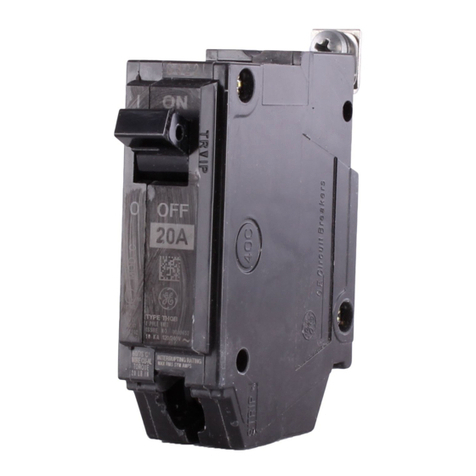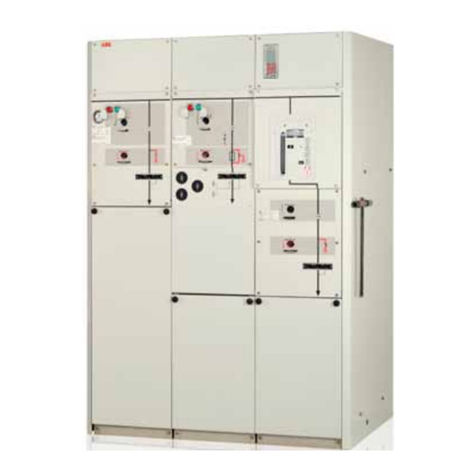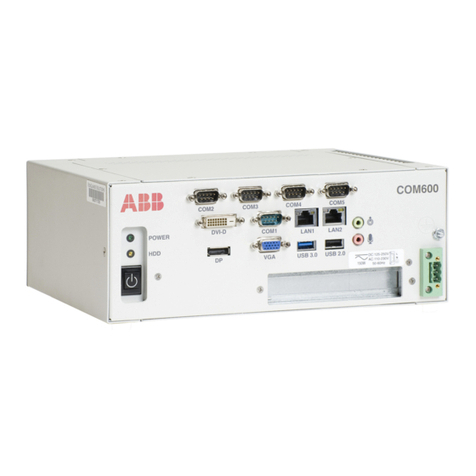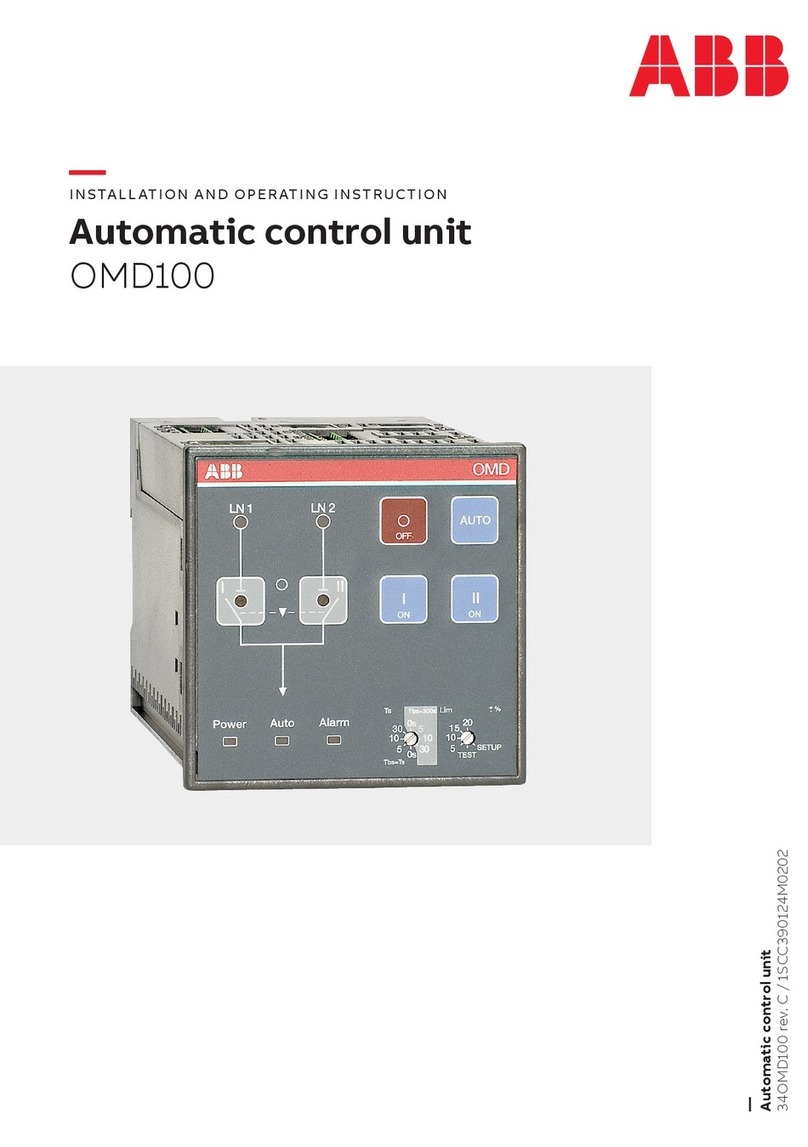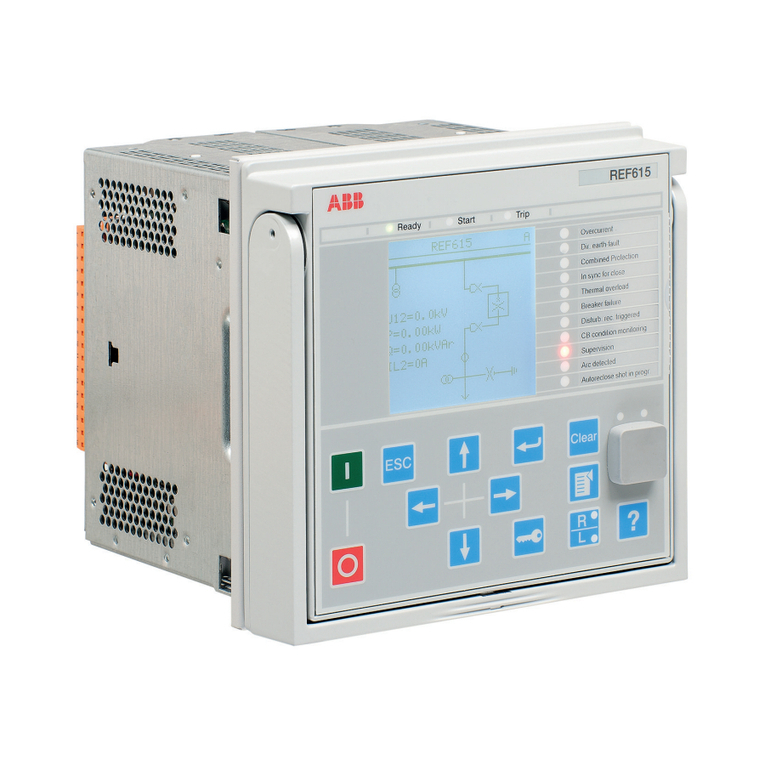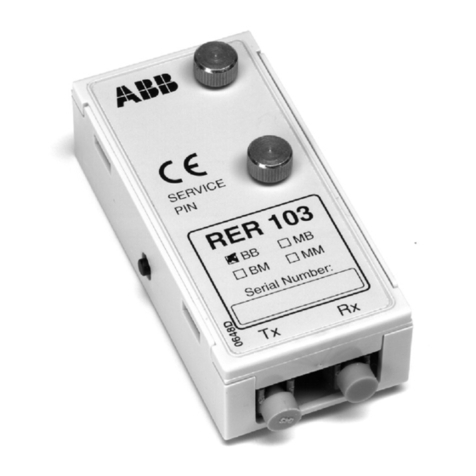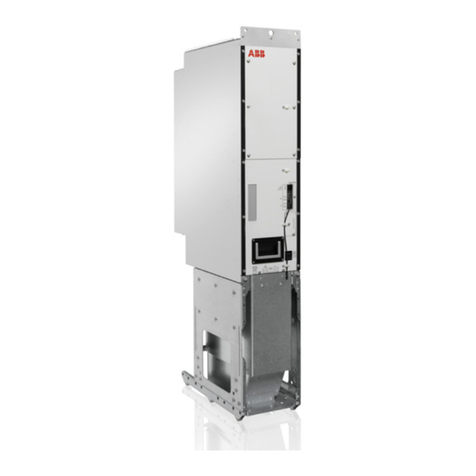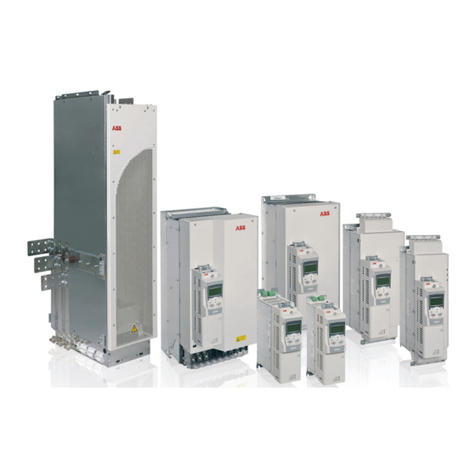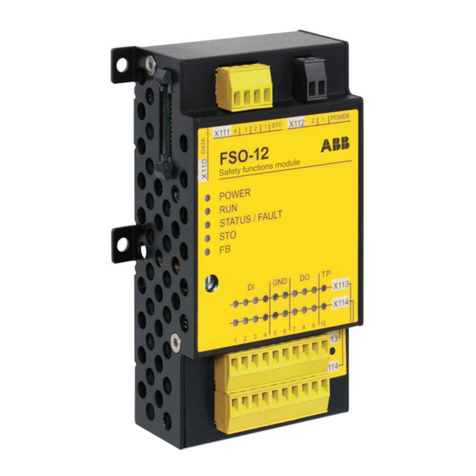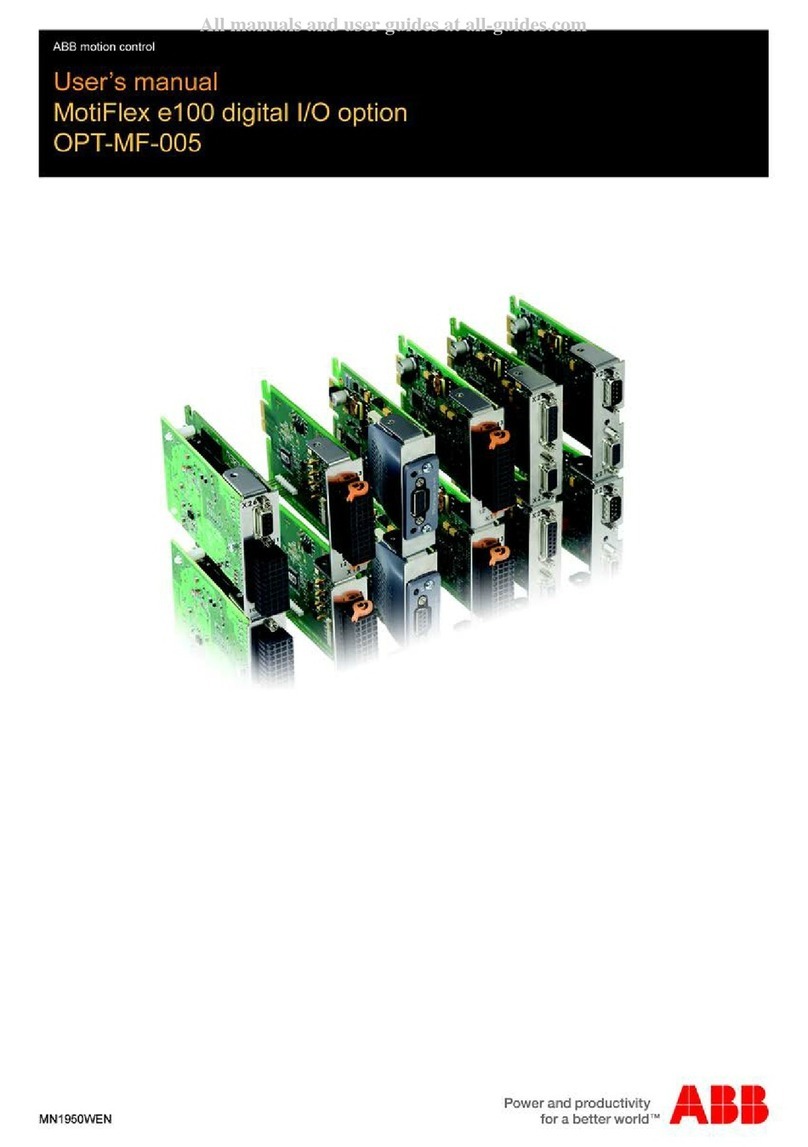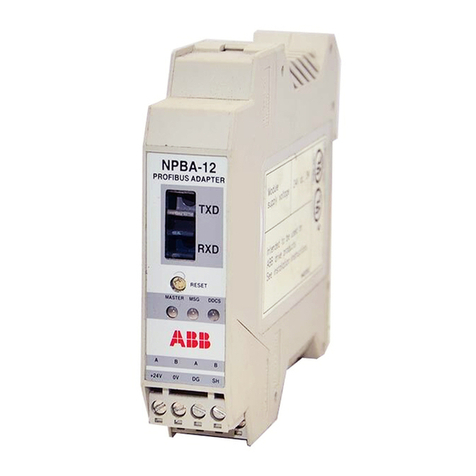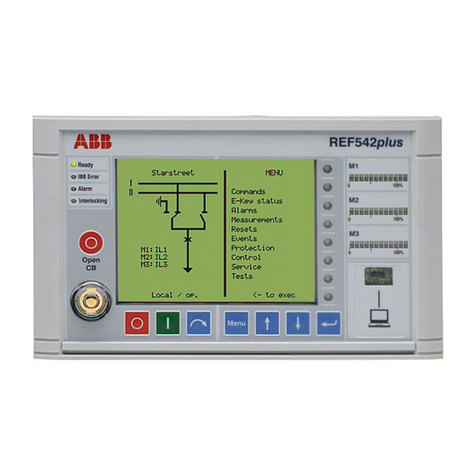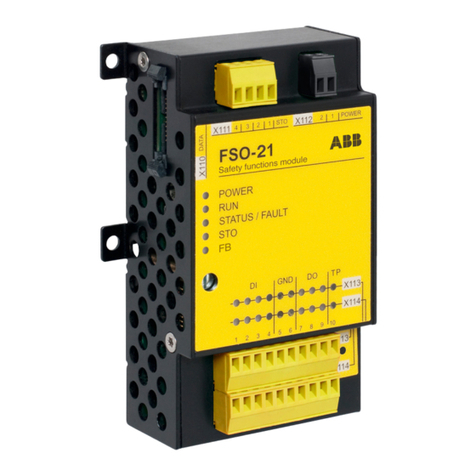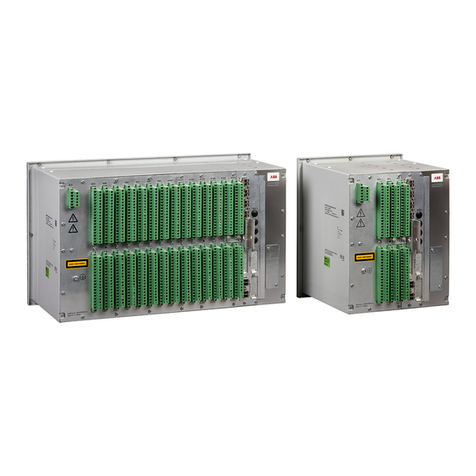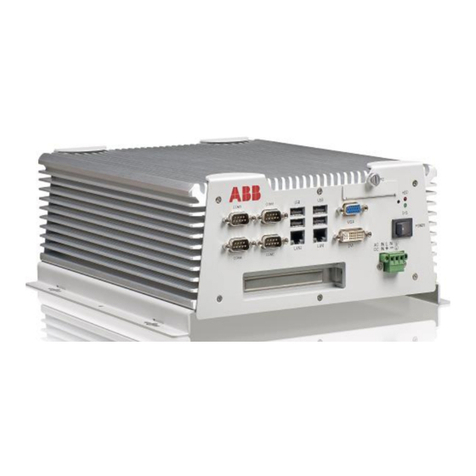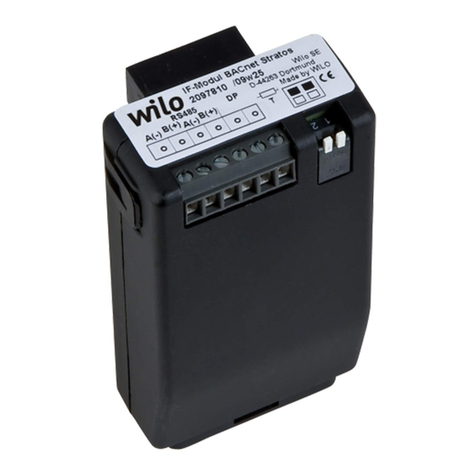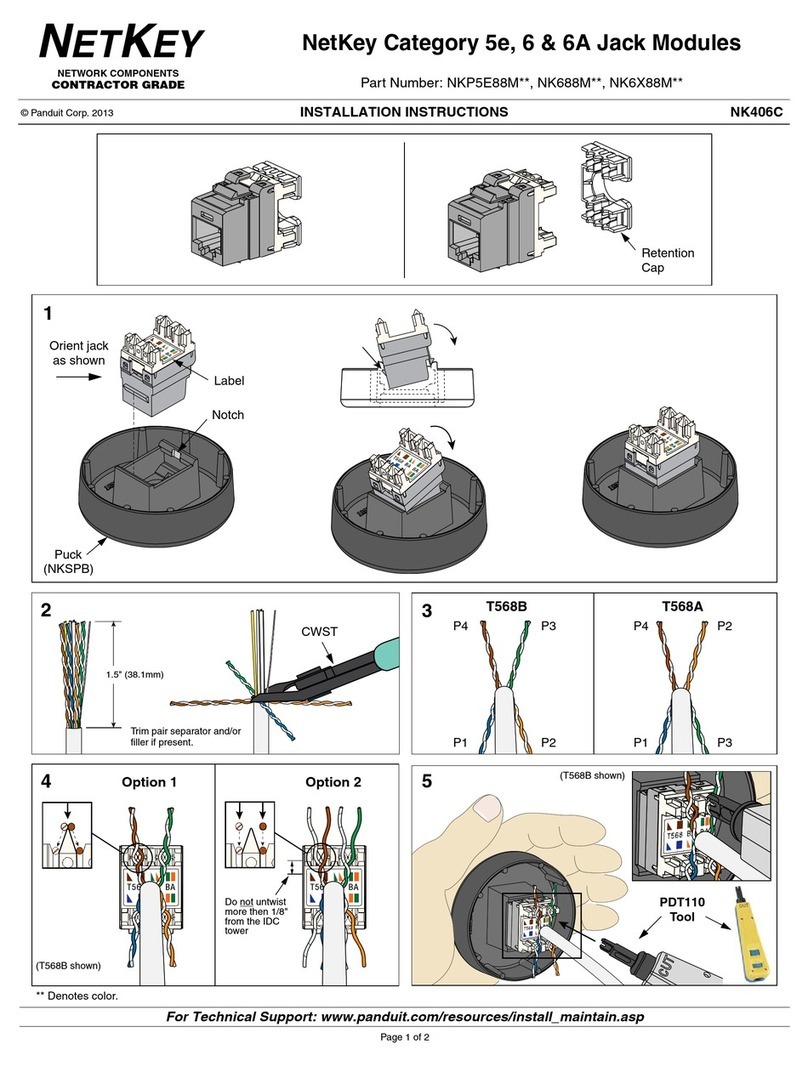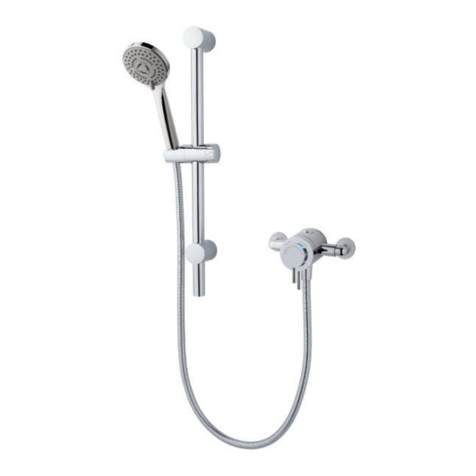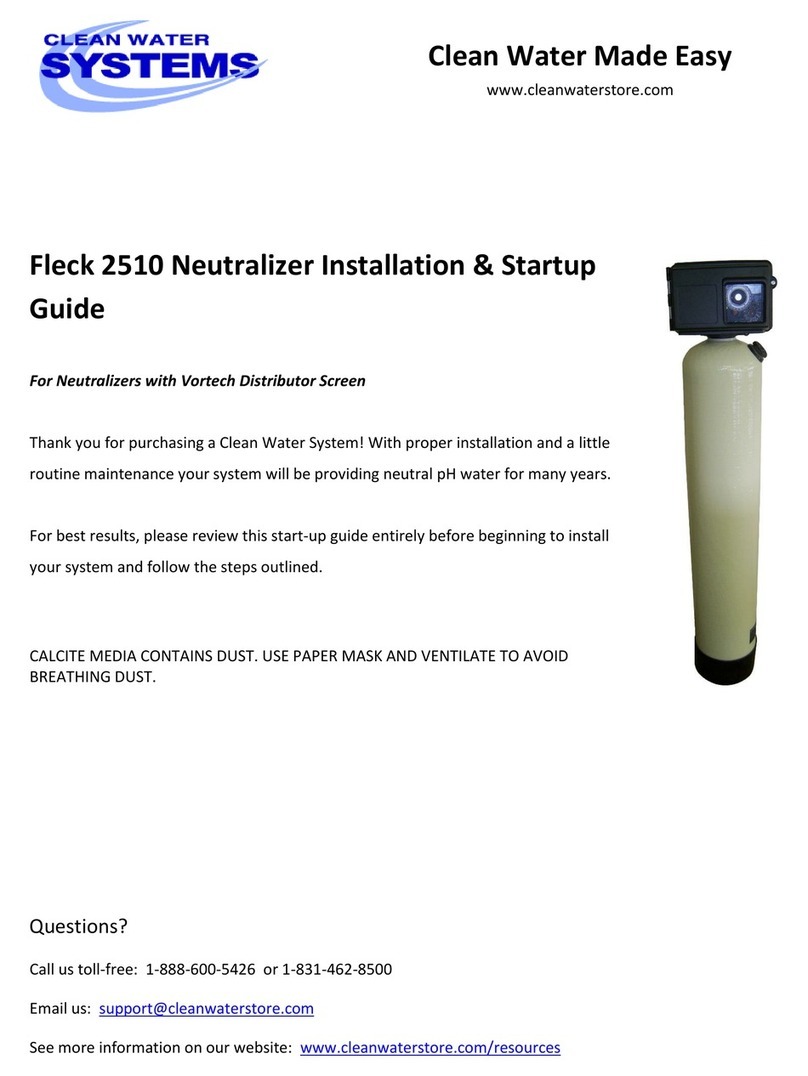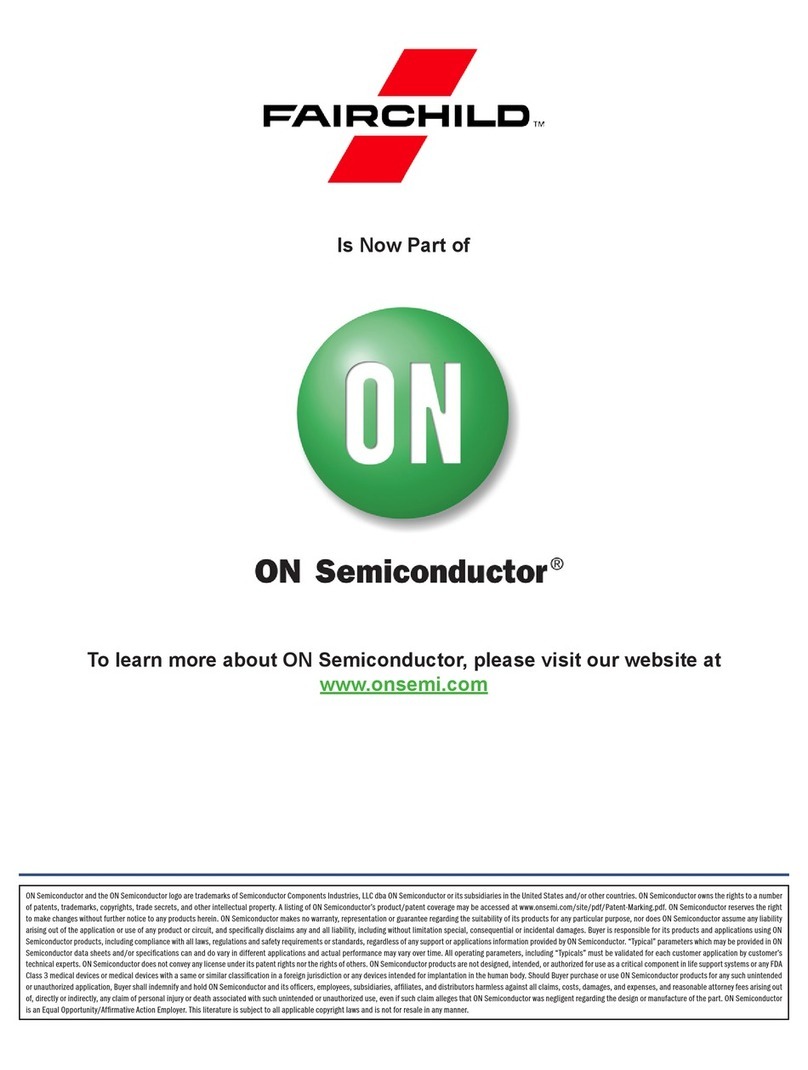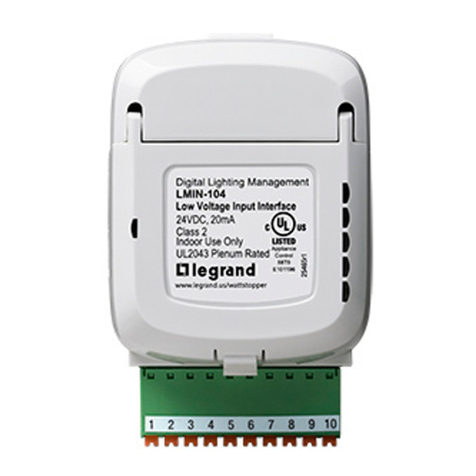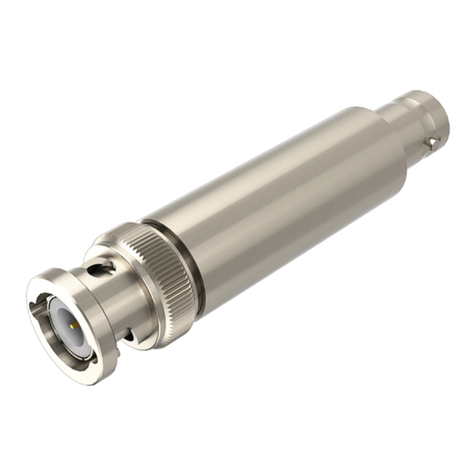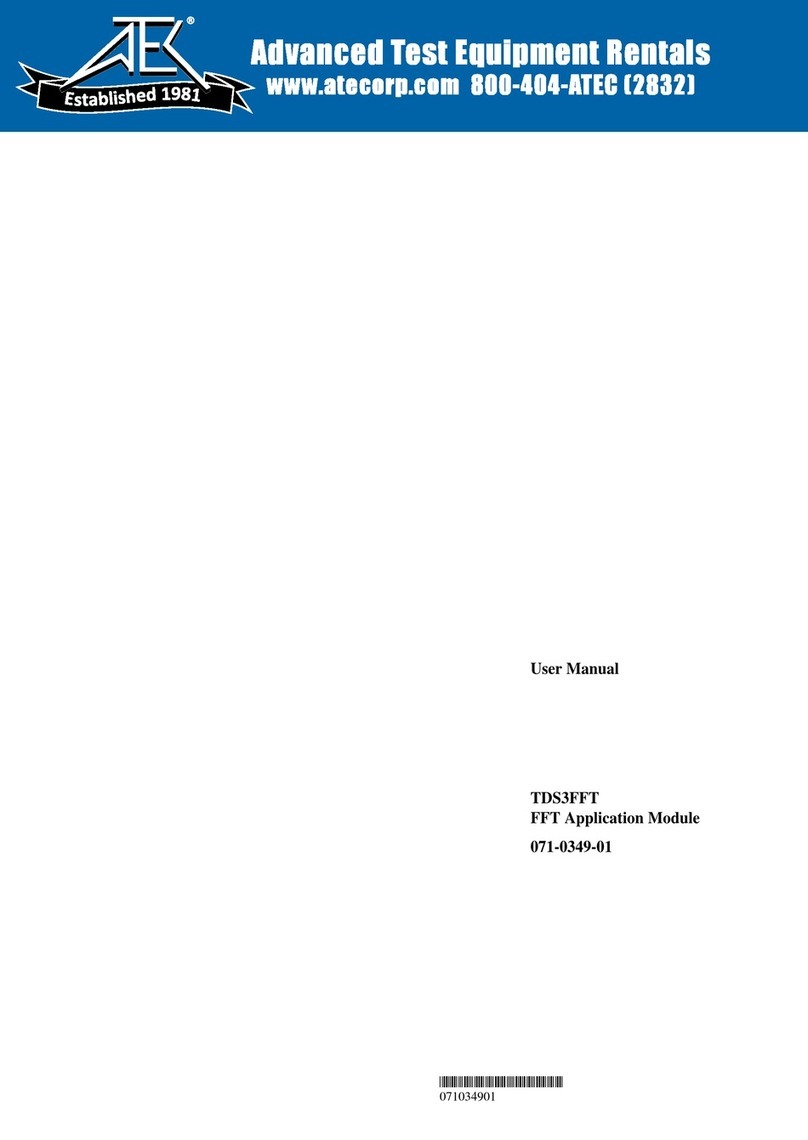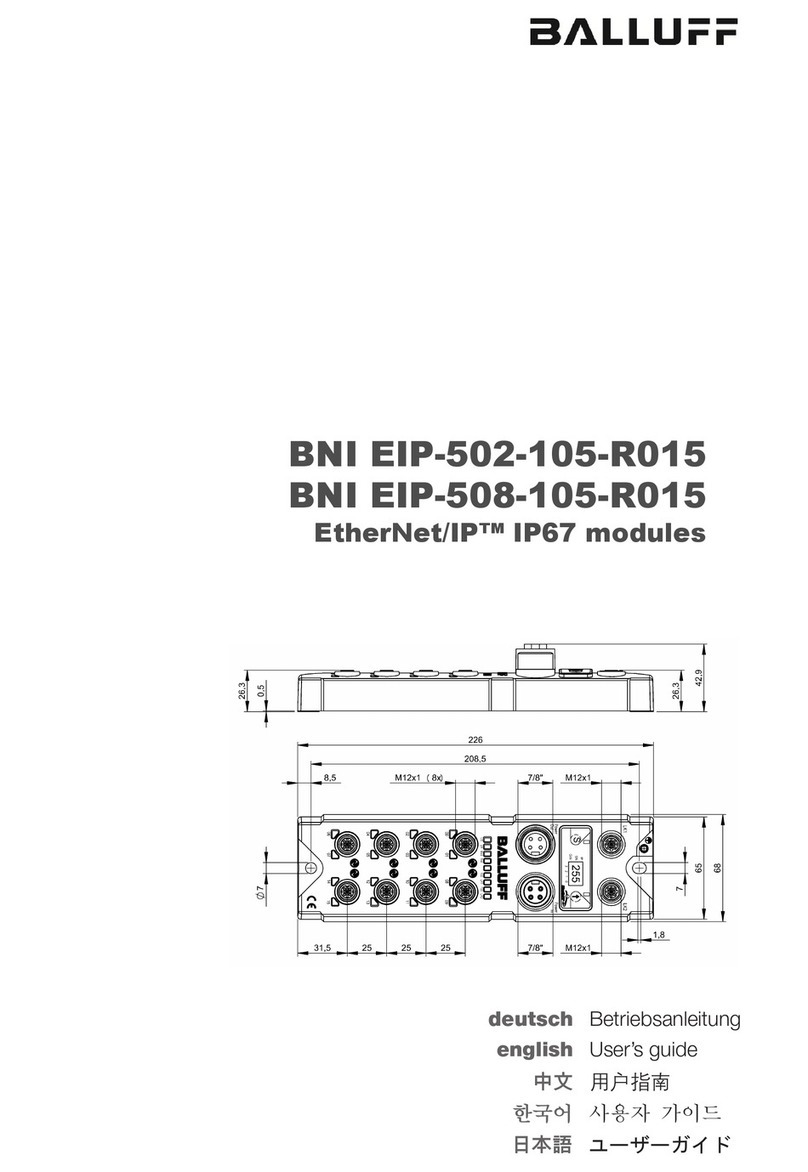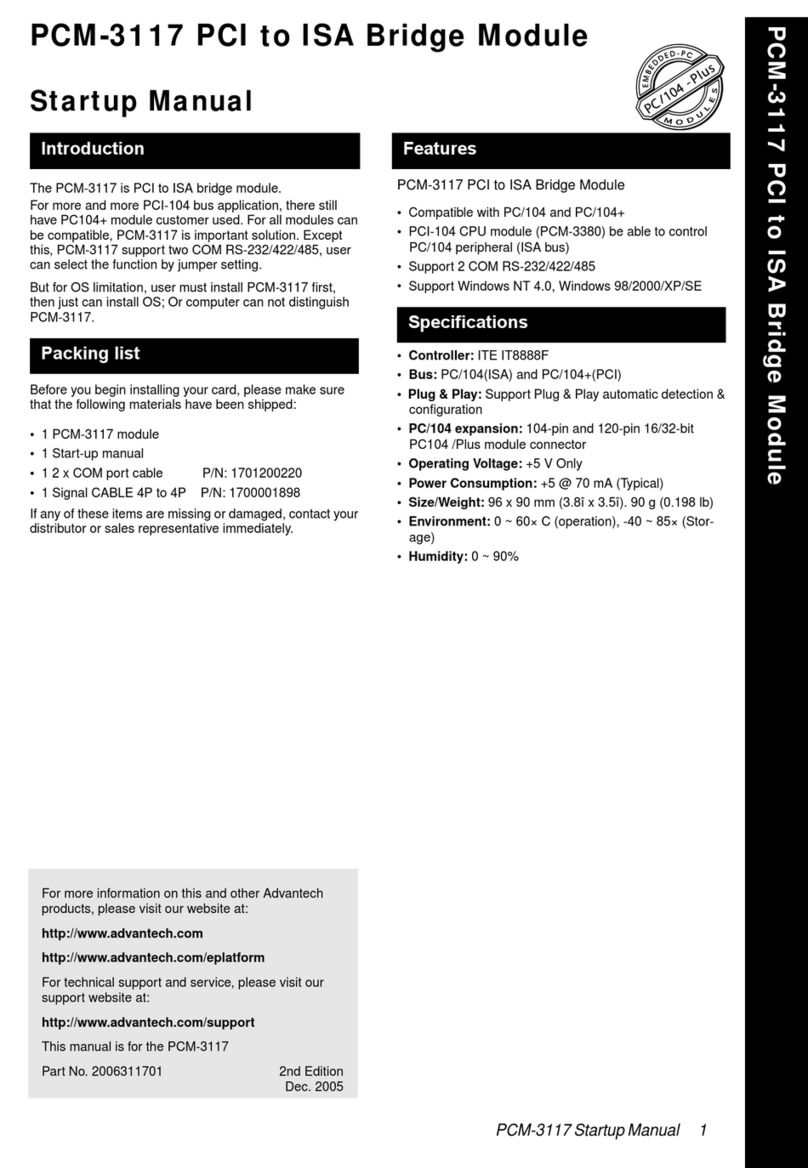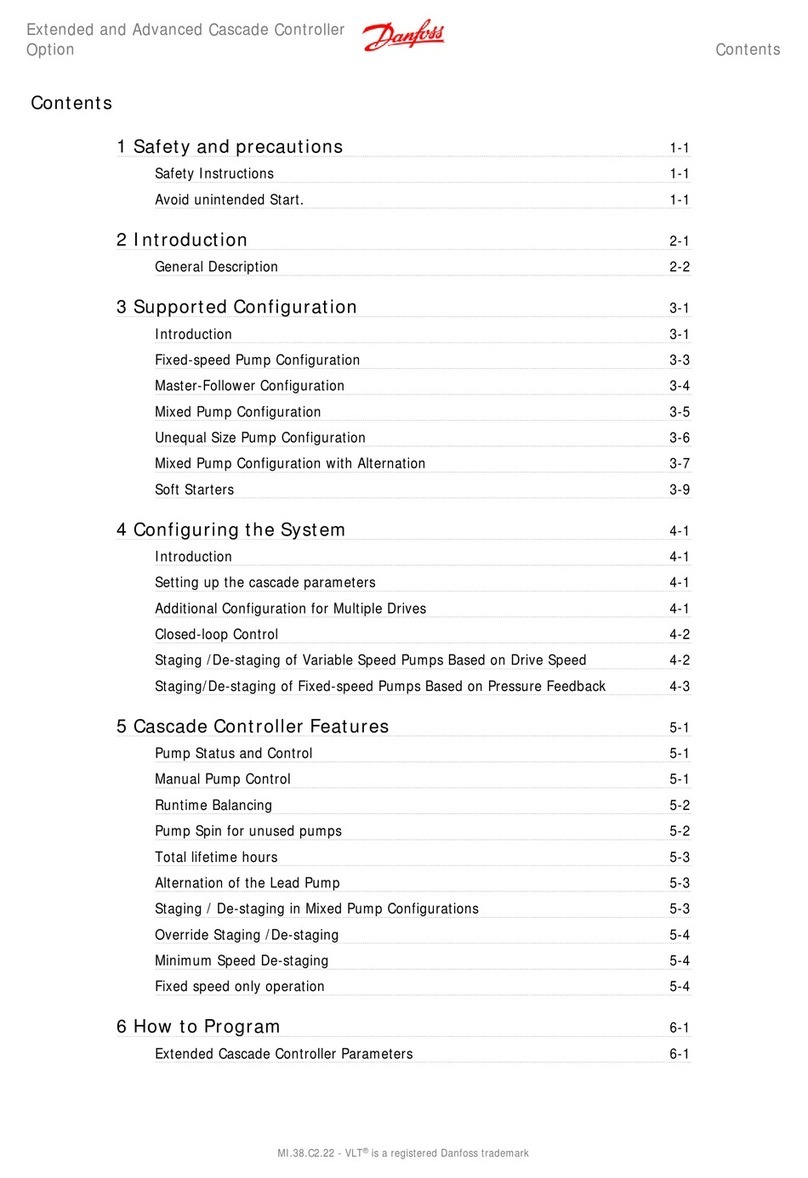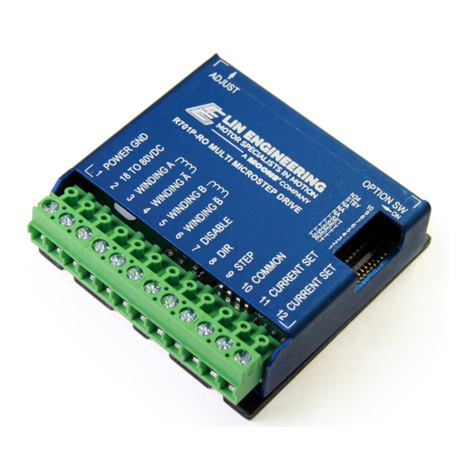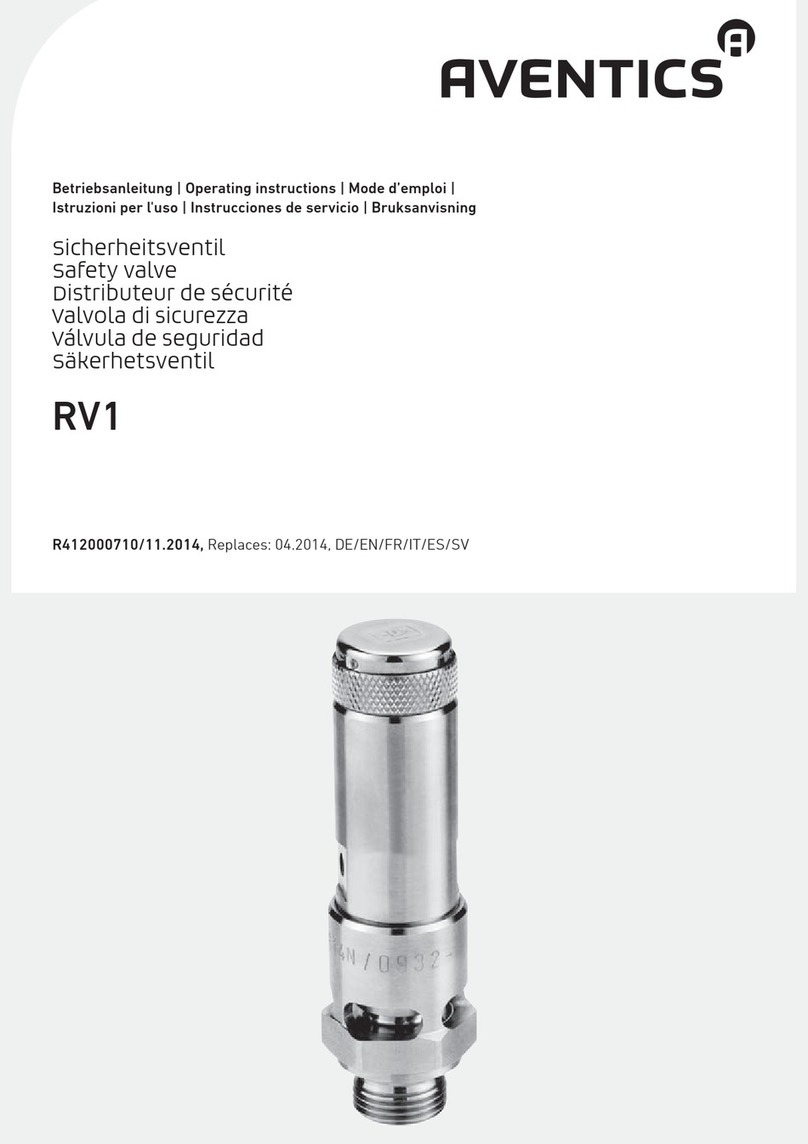—
Using the local HMI
Accessing main menu and changing parameters
Press to navigate to the main menu from the measurements
view.
From the main menu, go to Settings and press .
Then press or to select the setting value you want
to change. Press to change it with or buttons.
If there is a “#” mark on the same line as the parameter value,
you have to first select which setting group parameter you
want to change. If there is no “#” mark then you can change
the value directly by pressing and then with or or
or buttons.
You can change all parameters in the same way. The most
common function block names are described at the end of
this document.
Storing settings
Parameters have to be stored before taken into use.
Store the settings by going back to the main menu by pressing
the button. The IED will ask for confirmation to commit
changes, answer “Yes“. Some changes require the IED to reboot
before the changes are taken into use. Reboot the IED by going
to main menu
or by switching the auxiliary power off and back on.
Changing the overcurrent start value
From the main menu, go to
setting group, default 1 and press
.
Changing function block naming from IEC 61850 names
to IEC 60617
From the main menu, go to
FB Naming convention.
Checking binary input value
From the main menu, go to
.
Checking fault records and measurement values of
the latest faults
From the main menu, go to
Fault record.
Clearing events, indications and programmable LEDs
From the main menu, go to Clear. Select the item you want to
clear and press and select Clear by pressing (Cancel
will disappear). Confirm by pressing .
Checking IED order code, serial number, HW revision and
From the main menu, go to .
Display header area
The icon area at the upper right corner of the dislay shows
the current action or user level. These are described below:
S= Parameters are being stored
!= Warning and/or indication
V= Viewer
O= Operator
E= Engineer
A= Administrator
Checking the input and output status of a function block
From the main menu, go to .
Checking the IP address
The address of the front communication port is fixed:
192.168.0.254. If the IED is equipped with a communication
card you can check the IP address of the rear communication
port from the main menu
.
Activating the Web HMI
To activate the Web HMI from the main menu go to
. Activation requires
rebooting the IED.
Changing the display contrast
Hold and press or to change the display contrast.
The display contrast setting is automatically stored when A
(Administrator) is visible in the icon area at the upper right
corner of the display.
